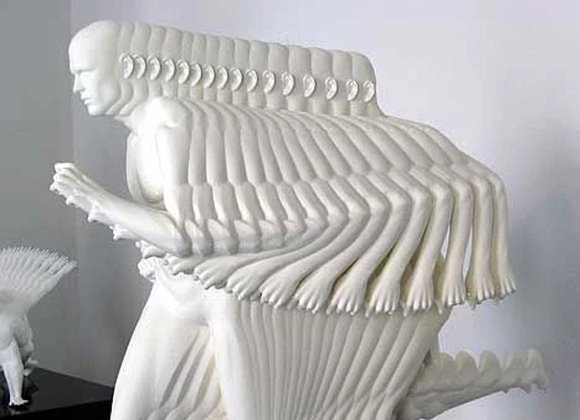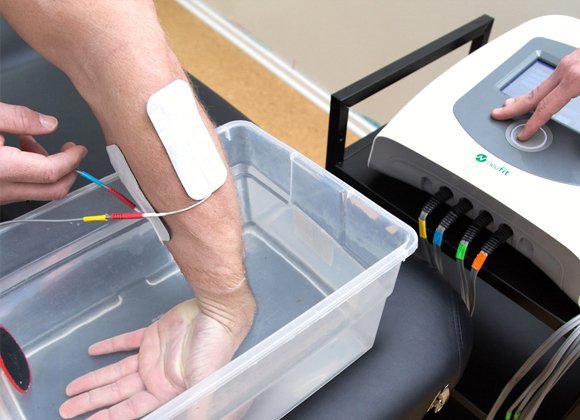When called upon to complete a task, the brain sends between 50 and 80 pulses per second of electrical signals to the muscle through the nerves. The muscles contract, relax, and the task is complete. Simple enough, right?
But then why do we struggle so much inactive muscles?
When the brain perceives a threat, either from a heightened stress response or physical trauma to an area, it can lock down or inhibit muscles. This is what we mean by “inactive” muscles. They’re still there, your brain can communicate with them, but they are being guarded by the brain’s natural tendency to protect its vessel (your body) so no future damage can be incurred.
In fact, the inhibition can be so severe that only a fraction of does electrical pulses can actually make it to the muscle.
This is where we come in.
Through our input based approach to rehabilitation, we’re able to send a new input signal into inactive muscles that then gets sent back to the brain. This often downregulates the stress response and allows normal range of motion and function to return.


